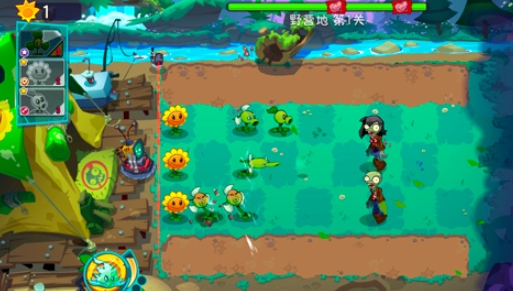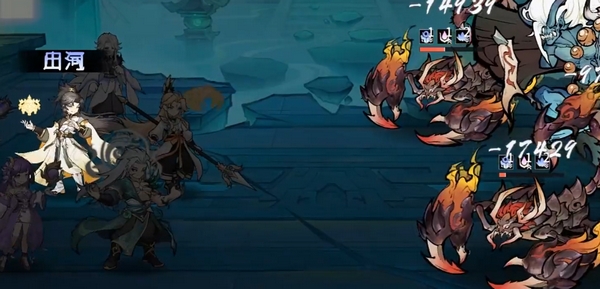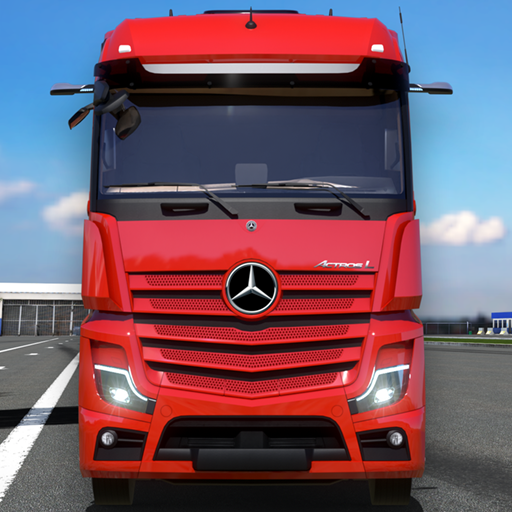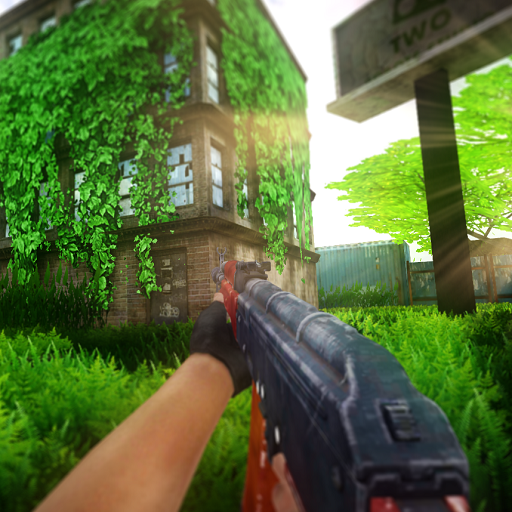Today, I'm bringing you some tips for Plants vs. Zombies 3 challenges. Mastering the logic of dealing with different stage levels, and understanding the matching relationship between plant characteristics and zombie traits, are key to improving challenge efficiency and smoothly advancing in the game. Although the difficulty of Plants vs. Zombies 3's level challenges gradually increases and the mechanisms become more complex, the core logic always revolves around resource management, plant combinations, and dynamic adaptation. All of these require players to flexibly adjust their strategies based on the characteristics of each level. Let's take a look together.

Early levels serve as an introductory guide to the game mechanics, with overall lower difficulty. The core focus is on helping players establish an understanding of sun management and basic offense and defense. Sun, as the core resource for deploying plants, is key to advancing in the game. Sunflowers should be prioritized at the back of the field, in positions where zombies have difficulty reaching quickly, ensuring a basic number to support the continuous deployment of subsequent attack plants. Peashooters, being low-cost and highly stable attack plants, are suitable for placement at the front of each row, using sustained fire to suppress the advance of individual zombies. When zombies appear in groups, the splash damage of Cabbage-pults can play a significant role. In the case of simultaneous attacks on multiple paths, planting them at critical nodes in the middle row can effectively cover adjacent paths.

Entering the mid-levels, the types of zombies and offensive patterns gradually become more complex, significantly increasing the requirement for flexibility in plant combinations. In level thirteen, enemies launch a surprise attack from below, breaking the conventional attack path. At this time, it is necessary to adjust the layout logic, ensuring the basic number of sunflowers while prioritizing the deployment of peashooters at the front of the lower road to form the initial firepower. Meanwhile, place wall-nuts at the front of the upper road to delay potential side attacks. It may even be possible to move some sunflowers forward, using their health points to temporarily block zombies, allowing the peashooters in the middle area to maximize their attack coverage.

The challenges of special zombies and terrain levels test the player's flexible use of plant characteristics. When encountering flying units such as balloon zombies or pigeon zombies, ground attack plants cannot function, requiring the timely deployment of targeted plants. Clover can directly blow away balloon zombies, while cacti can continuously shoot at airborne targets. These plants need to be pre-arranged on paths where flying zombies may appear to prevent them from bypassing the defenses and attacking the back row.

This concludes the content on Plants vs. Zombies 3 challenge tips. By grasping the characteristics of different stage levels and reasonably applying the traits of plants and the patterns of zombies, players can gradually build an efficient defense system, steadily advancing in various challenges and experiencing the fun of strategic layout in passing levels. I hope these tips will help players find their own strategic rhythm in the battle between plants and zombies.


















